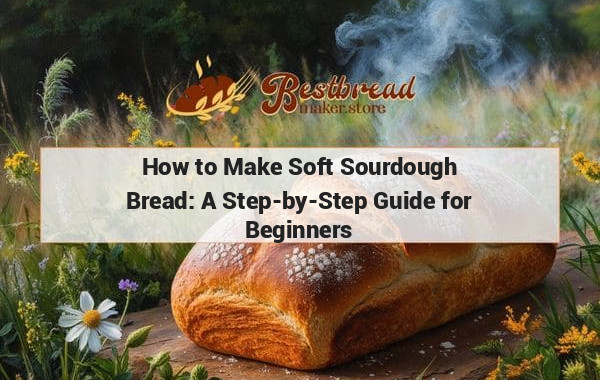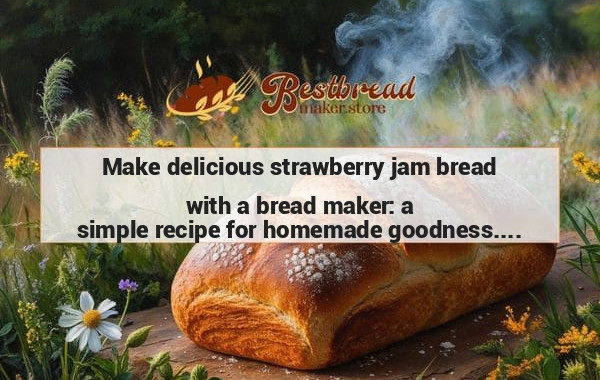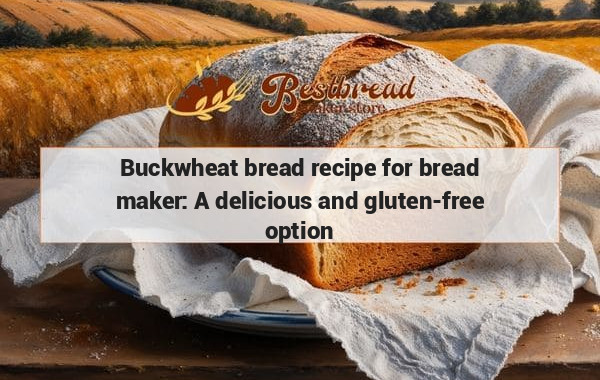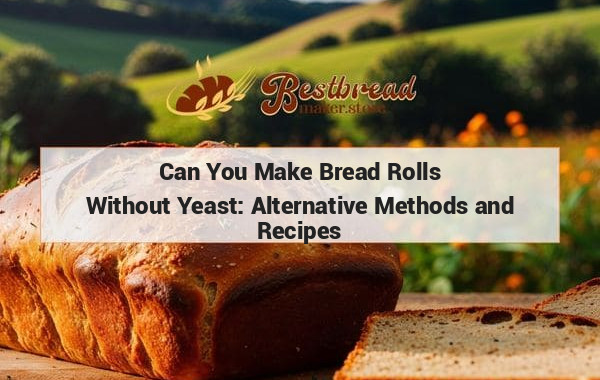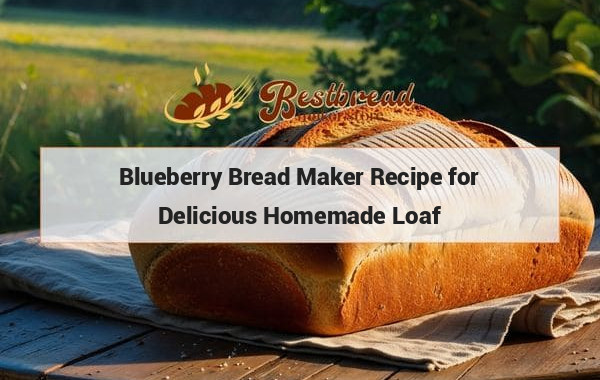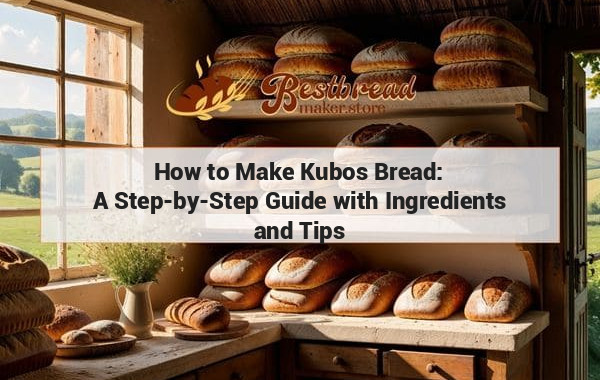How to Make Soft Sourdough Bread: A Step-by-Step Guide for Beginners
To make soft sourdough bread, start by feeding your sourdough starter regularly to keep it active. Mix the starter with flour, water, and salt to create the dough, then knead it until smooth. Let the dough rise, then shape it into a loaf and allow it to rise again. Bake the bread in a preheated oven until golden brown. The key to keeping the bread soft is not over-baking it. Remember to let it cool completely before slicing. Enjoy your delicious homemade sourdough bread!
How to Make Soft Sourdough Bread: A Step-by-Step Guide
Sourdough bread is known for its tangy flavor and chewy texture. Making soft sourdough bread is all about combining the right ingredients, techniques, and timing. Whether you’re new to baking or a seasoned pro, this guide will walk you through the entire process of making soft, flavorful sourdough bread at home.
Key Takeaways
Soft sourdough bread requires a careful balance of flour, water, and natural fermentation. By mastering a few key techniques, including proper kneading and proofing, you can create a loaf that’s both light and tender.
Understanding Sourdough Bread and Its Key Ingredients
Sourdough bread relies on a "starter" made from flour and water, fermented over time by naturally occurring wild yeast. This gives the bread its unique taste and texture. If you want to bake soft sourdough, mastering the basic steps of feeding the starter and maintaining it is essential. Let’s break down the elements that make sourdough bread so special:
Sourdough Starter
A sourdough starter is a live culture of flour and water that captures wild yeast from the environment. Unlike traditional bread, which uses commercial yeast, sourdough’s flavor comes from this natural fermentation process. The starter is your bread's natural leavening agent, giving it its characteristic tang and light texture.
How to Feed Your Starter
Before you bake, you need to ensure your starter is active and bubbly. Feed it with equal parts flour and water about 4-6 hours before using it. This refreshment boosts the yeast activity, ensuring a good rise in your dough.
High-Hydration Dough
To achieve a soft texture, you’ll want to work with a high-hydration dough—meaning a dough with a higher ratio of water to flour. This helps develop a more open crumb, resulting in a lighter, more tender loaf. A good starting point is a hydration level of around 70-75%, which means for every 100g of flour, you’ll use 70-75g of water.
Salt and Flour Types
Choosing the right flour is key for soft sourdough bread. A combination of bread flour and all-purpose flour is ideal. Bread flour has a higher protein content, giving the dough strength, while all-purpose flour provides a softer texture. The salt not only enhances flavor but also tightens the gluten structure, balancing the dough's fermentation.
Step-by-Step Guide to Making Soft Sourdough Bread
1. Mixing the Dough
Start by mixing your sourdough starter with water until it’s fully dissolved. Slowly add the flour and salt, mixing until everything is combined into a rough dough. Cover and let it rest for about 30 minutes. This resting period is called autolyse, allowing the flour to fully absorb the water, resulting in better gluten development later.
2. Kneading the Dough
For soft sourdough bread, gentle kneading works best. Try the stretch and fold method, where you lift one side of the dough, stretch it out, and fold it over. Repeat this every 30 minutes for about 2 hours. This method is more gentle than traditional kneading, helping to create a tender crumb.
3. Bulk Fermentation
After kneading, let your dough rest in a warm place for its bulk fermentation. This is when the dough rises and develops flavor. It typically takes around 4-6 hours at room temperature, depending on how active your starter is and the ambient temperature. You’ll know it’s ready when the dough has roughly doubled in size.
4. Shaping the Dough
Once the dough has completed its bulk fermentation, gently shape it into a round or oval loaf. Be careful not to knock out too much air, as you want to preserve the gas bubbles that give sourdough its light, airy texture.
5. Final Proofing
Place the shaped dough into a proofing basket (or a bowl lined with a cloth), and let it proof for another 1-2 hours at room temperature. Alternatively, you can refrigerate the dough for an overnight proof, which helps develop more complex flavors.
6. Baking
Preheat your oven to 450°F (230°C) and place a Dutch oven or a heavy pot inside to heat up. Once hot, carefully transfer your dough into the pot, score the top with a sharp knife, and cover it with the lid. Bake for 20 minutes with the lid on, then remove the lid and bake for another 25-30 minutes until the crust is golden brown.
7. Cooling
Let the bread cool completely on a wire rack before slicing. Cutting into the bread too soon can cause the crumb to become gummy, so be patient!
Why Your Sourdough Might Not Be Soft Enough
Sometimes, sourdough bread can turn out denser or chewier than expected. Here are some common reasons why your loaf may not have the soft texture you’re looking for:
- Insufficient Hydration: A lower water-to-flour ratio can result in a tighter crumb. If your dough feels too stiff, try increasing the water next time.
- Under-Kneading: Proper gluten development is crucial for a soft loaf. Make sure you’re using the stretch-and-fold method regularly during bulk fermentation.
- Overproofing: Letting the dough rise too long can lead to a collapsed structure, resulting in a denser loaf.
Frequently Asked Questions
1. How do I store my sourdough starter?
Your starter can be kept in the refrigerator when not in use. Feed it weekly to keep it active, and bring it to room temperature before baking.
2. Can I make sourdough bread without a Dutch oven?
Yes, you can bake sourdough in a regular loaf tin or on a baking sheet, but using a Dutch oven helps create steam, which is essential for a crispy crust.
3. Why is my sourdough bread too sour?
Over-fermentation can lead to an overly sour taste. Try shortening the bulk fermentation or using less starter to control the tanginess.
4. Can I use whole wheat flour for soft sourdough bread?
Yes, but whole wheat flour absorbs more water and can lead to a denser loaf. If you prefer using whole wheat, try mixing it with all-purpose flour to maintain a soft texture.
5. What’s the best way to reheat sourdough bread?
To reheat, wrap the loaf in foil and warm it in a 350°F (175°C) oven for 10-15 minutes. This will help restore some of the bread’s original softness and crust.
By following this guide, you should have no trouble baking soft sourdough bread that’s perfect for sandwiches, toasting, or just enjoying with butter. And if you’re thinking about investing in a bread maker to make things even easier, check out bestbreadmaker.store for the top-rated machines that can simplify the process while ensuring professional-quality results.

